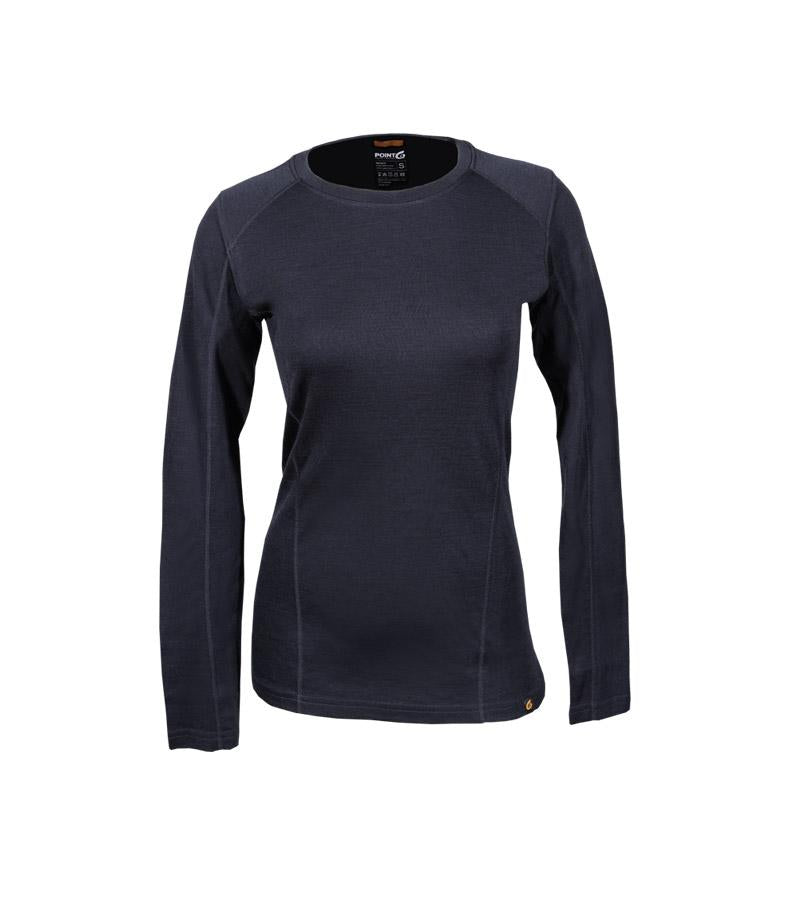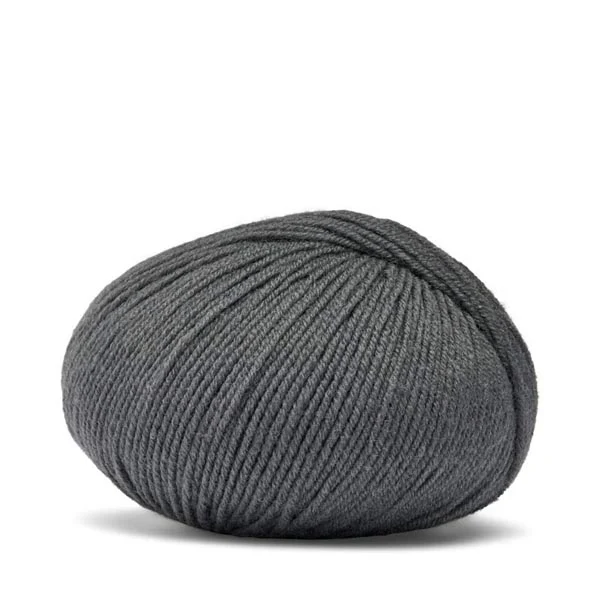Cool Merino Wool Base Layers Guide
Wiki Article
Why Are Yak Merino Wool Base Layers So Effective For Winter Sports Clothing In Terms Of Temperature/Warmth Regulation? Moisture Management. Comfort. Durability.
Yak merino wool base layers are a top choice for winter sports clothing because of a mix of factors that enhance warmth, temperature regulation, moisture management, durability, and comfort. Warmth and Temperature Regulation-
Insulating Properties - Merino and Yak both have natural insulating qualities. Yak wool, due to its hollow fibers, traps air and provides excellent warmth. Merino is also renowned for its insulation.
Regulates the Body Temperature - The combined fabric regulates the body's temperature by trapping the heat when it's cold, and allowing air to move through to ensure that you don't become overheated when doing vigorous activities.
Moisture Management-
Merino wool is a natural moisture wicker. Its properties disperse moisture and prevent sweat from getting accumulated. Yakwool is also a great way to transport moisture. It keeps wearers dry and comfortable when performing intense physical activities.
Comfort-
Softness Merino wool is known for its fine, soft fibers, which are gentle on skin, and less likely to cause irritation. The inclusion of soft fibers made from yak, referred to as merino wool, enhances the comfort.
Odor Resistance - Both types of Wool have natural antimicrobial properties, which help to reduce the spread and growth of bacteria causing odors. This keeps the garment fresh.
Durability-
Resistance and Strength Yak Wool is strong and durable by nature. When added to the tough merino woo, the fabric is strong and durable ideal for sports that require a lot of effort.
Natural Fiber Benefits-
Renewability - Merino and Yak Wool are renewable and biodegradable fibres making them environmentally friendly.
They can be used in a variety of conditions.
The blend of yak and merino harnesses the strengths of both material to create a fabric that excels in providing warmth and regulating temperature, as well as managing moisture, ensuring comfort, and providing the durability. The base layer of yak-merino blend is ideal for winter sports clothes. It can be utilized to cater to winter activities outdoors in colder climates, and keeps the wearer dry and comfortable. Read the top rated merino wool base layer examples for more examples including smartwool 1 4 zip, merino wool base layer mens, ski thermal underwear, 100 merino wool base layer, sweaty betty base layers, merino wool ski base layer, best mid layer skiing, ski base layer womens, best layers for skiing, merino wool thermals women's and more.

What Are Some Advantages Of Wearing Bamboo Clothing, In Terms Such As Softness, Antibacterial Properties, The Ability To Renew And Durability?
Bamboo clothing offers many benefits in terms of durability and softness.
Bamboo fabric is soft, silky feel that is often compared to high-end materials like silk or cashmere. It is smooth and feels silky to the touch.
Antibacterial Properties
Natural Antimicrobial Qualities- Bamboo has an organic antimicrobial substance known as "bamboo kun." This property blocks the growth of bacteria and fungi that cause odors on the fabric. It helps keep it fresher longer and reduces the need to wash the fabric frequently.
Durability-
The strength of bamboo fibres even though they are soft, can be very strong and durable. Bamboo clothing is resistant to normal wear, which makes it ideal for a variety of kinds of activities without compromising the quality.
Renewability-
Rapid Growth - Bamboo is an extremely renewable resource that can grow quickly without the need for pesticides or fertilizers. It is able to mature in several years, making it readily accessible for sustainable harvesting and lessening the environmental impact of cultivation.
Sustainability-
Eco-Friendly Production - Bamboo production and cultivation have less environmental footprints as compared to synthetic materials. Bamboo's rapid growing as well as its low need for water and ability to grow under diverse conditions make it a renewable material.
Biodegradability-
Natural Breakdown - Bamboo garments can be biodegradable. This means that they are able to decompose in a natural manner after the end of their life cycle. This helps reduce environmental pollution as well as reducing the amount of waste that is accumulated.
Hypoallergenic Qualities
Less Irritation- Bamboo isn't as prone to cause skin irritations or allergic reactions when compared to some synthetic materials, making it an ideal choice for people with sensitive skin.
Bamboo clothing is awe-inspiring because of its many features, such as softness antibacterial properties, durability, renewability, sustainability, and the comfort. These characteristics create a pleasant and sustainable experience. View the recommended bamboo clothing tips for site advice including bamboo jeans, bamboo yoga pants, bamboo cotton pajamas, bamboo tee shirts mens, bamboo pants ladies, bamboo twirl dress, bamboo bed clothes, carter's bamboo pajamas, bamboo cay christmas shirts, bamboo ladies clothing and more.

What Is The Difference Between Merino And Wool Clothing?
The comparison of merino wool to traditional wool and bamboo clothing in terms texture, warmth, moisture absorption, and texture.
Merino Wool Merino Wool Merino Wool is renowned for its softness and very fine fibers. It has a smoother and less scratchy texture compared to other types of wool. It is believed to be more relaxing.
Bamboo Clothing- Bamboo material is silky smooth and often compared to luxurious materials such as cashmere or silk. It is silky and soft, which makes it easy to wear.
Traditional Wool - Traditional wool may vary in texture, some types may feel coarser and are more likely to cause discomfort or itching when compared with bamboo clothing or merino.
Warmth-
Merino Wool - Merino is a great wool for warmth because of its insulation properties. It retains its heat, even if it is it is wet. This makes it a perfect insulation material in cold temperatures.
Bamboo Clothing Bamboo Clothing warm but does not have the same insulation level as merino. However, it regulates body temperature, which provides comfort in various conditions.
Traditional Wool- Like the wool of merino traditional wool offers warmth and insulation. It may be heavier than clothing made of bamboo, merino or other materials.
Moisture Absorption-
Merino Wool - Merino Wool is a great properties for wicking moisture, allowing it to be drawn away from your skin to evaporate. It's warm when wet.
Bamboo clothing - Bamboo fabrics will also wick moisture away making it comfortable for exercise. Bamboo is a great moisture regulator, which keeps the wearer's skin dry.
Traditional Wool: Although wool absorbs moisture but it doesn't have the same wicking ability as bamboo or merino fabrics. When wet, some types of wool can feel damp and heavy.
In short, merino wool is well-known for its warmth, softness, and efficient moisture-wicking properties. Bamboo clothing is smooth and silky feel. It's warm and regulates moisture well. The texture of wool is variable and can be utilized to give warmth as well as moisture absorption, and an incredibly soft feeling. However, it can feel heavier and coarser in comparison to merino clothing or bamboo clothes. Each material has its unique properties that cater to different preferences and needs in clothing. Read the recommended merino winter clothing for website tips including men's wool leggings, ll bean merino wool base layer, sitka base layers, wool base layer womens, merino wool long johns, best baselayers for skiing, merino wool thermals, merino base layer, smartwool 1 4 zip, best merino wool base layer women's and more.
